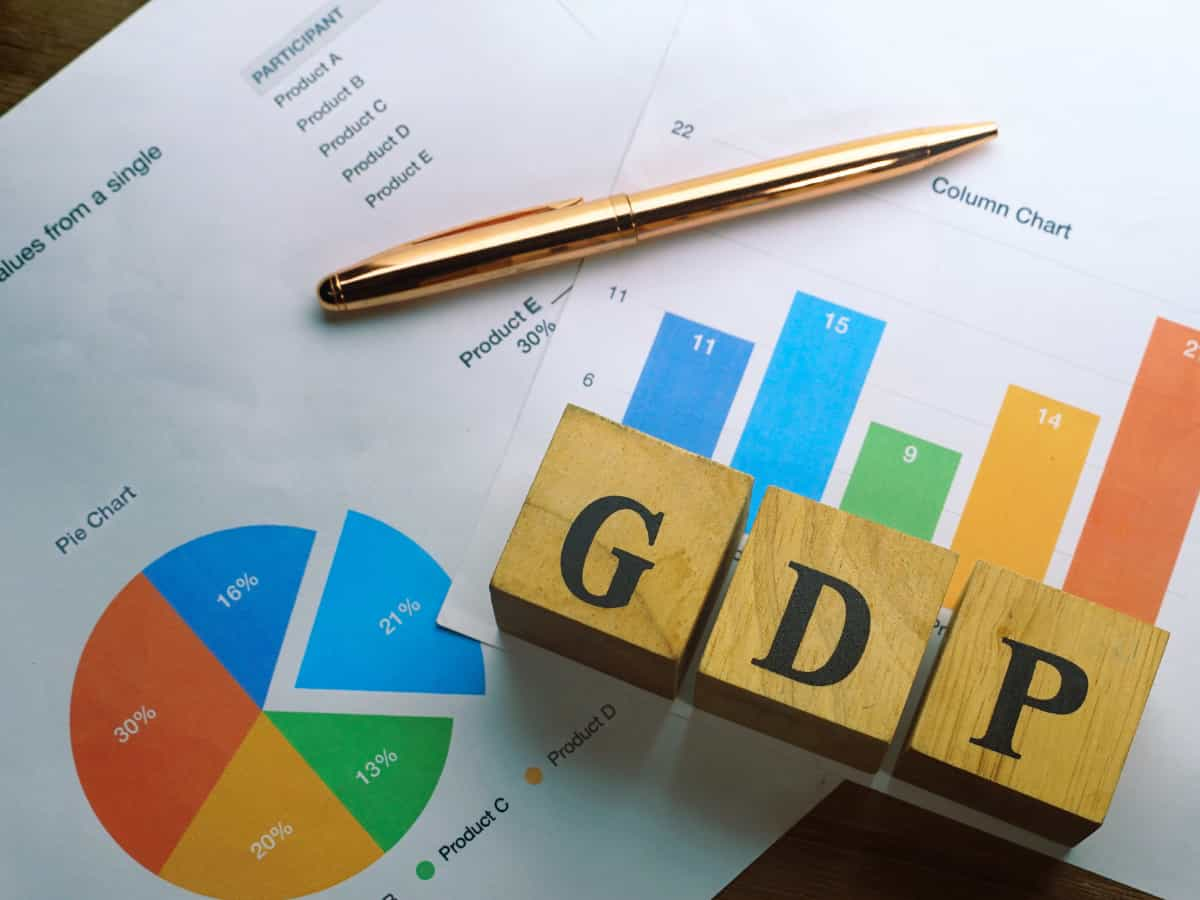The Environmental, Social, and Governance movement has wrapped itself in the garb of justice. It is just as much a moral crusade as it is an economic, social, or political one, with the unfortunate effect that those who criticize ESG can easily be sidelined and dismissed as reactionary, selfish, or worse. Be that as it may, I would be remiss not to raise a host of problems that arise from the pursuit of ESG goals.
For the sake of clarity and brevity, I’ll tackle ESG problems in three separate columns. This column will discuss economic problems that arise from pursuing ESG goals. The next will explore political problems with the implementation and application of ESG criteria. A third will question the moral status of ESG itself as a matter of justice, compassion, virtue, and freedom. These are deep waters, so I must ask the reader’s pardon, as with all the columns in my series, if anything that follows seems rushed or oversimplified.
Costs and (Un)Feasibility of Carbon Offsets
The environmental component clearly has the biggest economic implications. When it comes to “net zero” pledges and the use of renewable energy, pursuing ESG creates massive costs for society and ultimately has limited feasibility, even if it were to be embraced by everyone. Let’s consider the cost of carbon offsets first.
Many companies, from Microsoft to Nestle to Hess, plan to achieve their net-zero goals in part by purchasing carbon offsets. No single carbon offset method dominates the scene. Heirloom Carbon sequesters carbon from limestone, and then uses the limestone to pull carbon out of the air. Other companies bury biodegradable materials that would release greenhouse gas emissions while decomposing. And of course, you still have the old-fashioned method of planting trees or preserving forests.
But these activities are costly. Hundreds of millions of dollars that belong to shareholders are being diverted to the carbon-offset market. Research, labor, and other resources that could be used to produce goods and services people want are being used to dig holes and fill them up, or to prop up relatively untested technology. And to what end? For these carbon sequestration activities to really impact global CO2 emissions, their scale would have to be far greater — hundreds of billions of dollars annually. Rerouting that kind of capital on an annual basis has immense opportunity costs. Furthermore, there are growing concerns about widespread fraud in carbon-offset markets.
Alternative Energy Woes
More important than the direct cost of pursuing net-zero through carbon offsets is the limited feasibility of phasing out fossil fuels entirely. The main forms of renewable energy being championed currently are wind and solar. Yet wind turbines and solar panels rely on fossil fuels, not only for energy and transportation but for some of the very materials in the product. The importance of petrochemicals has often been overlooked, but can hardly be overstated.
Even if 80 to 90 percent of electricity were being generated from renewable sources, there would still be significant demand for fossil fuels to create plastics, fertilizer, asphalt, and much more. How will we phase out petrochemicals? Eventually people will know that many “environmentally-conscious” or biodegradable alternatives to plastics (such as paper bags), actually use significant resources to produce and are not necessarily better for the environment. The most feasible renewable energy source is nuclear.
One of the ironies behind the economic costs of moving to renewable energy (and products), is that poor countries are often hurt the most because they can least afford to pay unnecessarily high prices for energy and everything else. The current approach to mitigating climate change — government subsidies, tax credits, and mandates — guarantees inefficiency and waste. No one knows which technologies and which companies will be most effective. As a result, government subsidies are just as likely to go to “bad apples” as to good ones. Not only that, but feedback on the productivity and effectiveness of recipients of government largess will be slow and convoluted — allowing unproductive companies to continue operating for years. In a competitive free-market system, prices, profit, and loss would cause the most productive firms to receive more dollars while unproductive firms go out of business.
Principal-Agent Problems
There are economic problems with the Social and Governance criteria too. First, the whole ESG framework is obviously superfluous when companies are obligated to advance the interests of shareholders. Managers and directors have a duty to pursue expanding the bottom line — which also entails considering and curtailing risk. In as much as ESG thinking improves risk mitigation, it will be widely adopted voluntarily. But parts of ESG that don’t help mitigate risk will be ignored by companies unless they are required to take note of them.
Economists all the way back to Adam Smith have talked about the principal-agent problems involved in the corporate business structure. The agents (management) act on behalf of the principals, (owners/shareholders). But what is to prevent the agents from using the assets of the company to benefit themselves and their friends? Boards are created to oversee managers and, in most cases, shareholders can vote to fire managers or board members. But even beyond that, shareholders are protected by law from corruption or theft by managers.
Social and governance criteria, in as much as they push “stakeholder capitalism,” make the principal-agent problems unmanageable. By creating many more “principals” (stakeholders) with divergent, often conflicting, interests, managers actually can’t act in the interest of principals even if they want to, because no single interest exists. What’s more, managers can now pursue whatever they want, so long as they can find a relevant stakeholder group whose interests align with theirs.
Potential Paths Forward
Here are three alternative ideas to ESG that we should consider:
- International development, not international aid: The countries most impacted by climate change, according to many environmental groups, tend to be poorer and less-developed. Instead of pushing costly and inefficient energy and manufacturing policies, the international community should advocate greater economic development through more open international trade, rule of law, and free markets.
- Nuclear, not wind or solar: The only renewable energy source that can scale to the levels modern growing economies need while leaving a small environmental carbon footprint is nuclear. Renewable energy proponents should be throwing all their support into making it cheaper, easier, and safer to build nuclear power plants around the world.
- Adaptation to climate change, not prevention: The number of people killed by natural disasters declines as countries become wealthier. A strategy of economic development that supports technological development is better than the incredibly costly and unfeasible approach of prevention.
The economic costs of ESG should not be ignored — they are pervasive and large. Although many different factors are involved, it’s likely not a coincidence that the economic output of Europe, which has pushed ESG longer and harder than anywhere else, only grew 11 percent from 2010 to 2022, while the US saw economic growth of over 66 percent over the same period.








































